Amsterdam Canals

Home | Keukenhof | Canals & Rembrandt | Houseboats & Churches | Art Museums
During the Middle Ages the first canals were dug for water management and defense. As the city expanded in the Middle Ages, successive defense moats ended up inside the walls and lost their function. But they acquired an important new one: local transport of merchandise. The warehouses along the old moats could store enormous quantities of trading goods that could be`pipelined through those moat-canals to a harbor full of ships that sailed all over the world that was known in those days.
In what is now called Amsterdam's Golden Age, the 17th century,the trade volume exploded. In one very ambitious expansion project that took 50 years, the 3 main canals of the city were dug and the houses around them were built. Completed around 1660, it made the city grow to 4 times its size and gave it the most intricate and efficient system of navigable waterways in the world. A maze of connecting canals brought merchandise from all over the world to the doorstep of every canal side merchant.
Amsterdam grew into one of the biggest cities of Northern Europe becoming also the world's most important financial center. Within 50 years, between 1585 - 1635, the city expanded far beyond the medieval defense walls. The circular rings of the canals were added. Hundreds of newly built townhouses of merchants were at the same time their businesses. In fact, often the warehouse has been located on the upper floors or at the back of the townhouse.
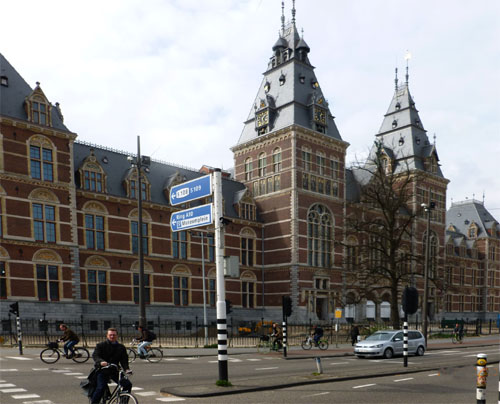
After a busy day at Keukenhof yesterday, we decided to take a more leisurely day. We began by checking on our train tickets to Hamburg at the Centraalstation.
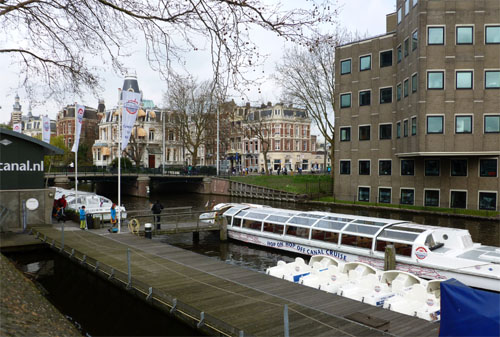
We then boarded one of the hop-on-hop-off canal boats for much of the day.

Our first ride took us into the harbor where we could see the Maritime Museum.

There was also an interesting building housing the Science Center.

Three times a week, 14 of the 16 existing water locks around the city close up, so clean water can be pumped in from the big lake IJsselmeer. The current that creates pushes the dirty canal water out through the open locks on the other side of the city.
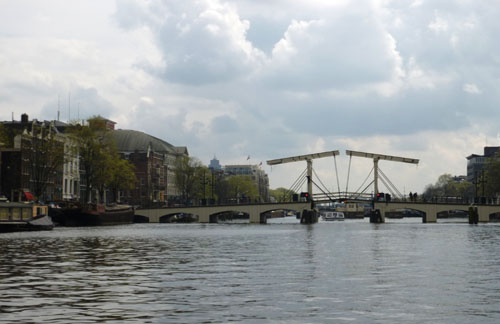
The famous Magere Brug (skinny bridge) across the Amstel in the city center.
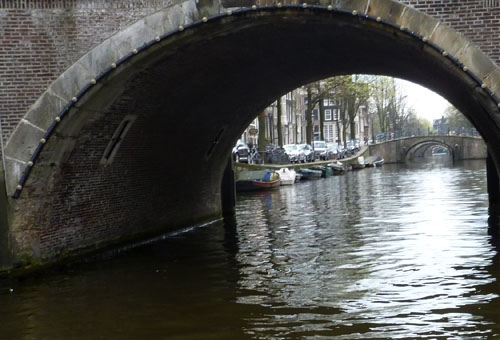
At one point in the canal ride, we are supposed to see five bridges in a row. My photo doesn't quite show them all.
We left the canal boat at one point to visit the Rembrandthuis.
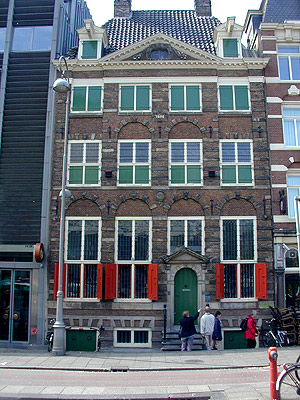
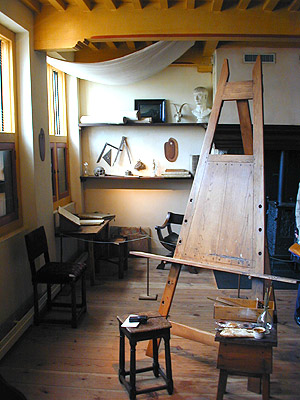
This is a reconstruction of his studio.

A young lady was demonstrating how paint was mixed in the days of Rembrandt. She started with the proper color mineral.

She then added linseed oil and began mixing it in.
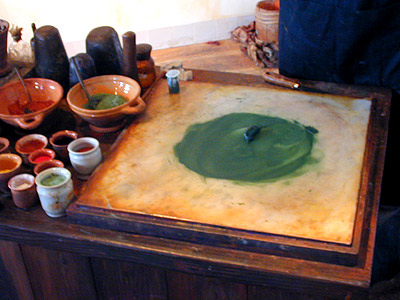
She kept adding oil and then ground it until it was the right texture.
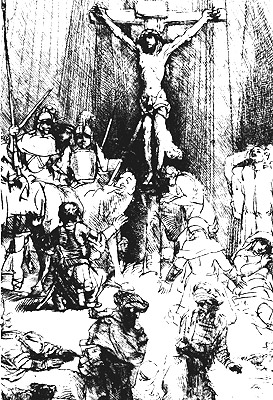
There was also a room with a number of Rembrandt's etchings. This is of the crucifixion.

This is a self portrait with his wife Saskia.
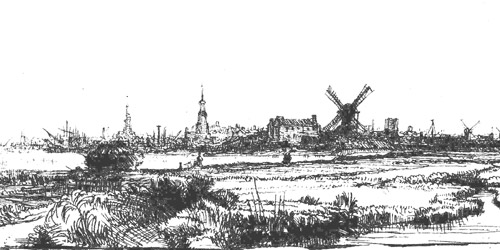
A third major theme of Rembrandt's work is the Dutch landscape.

After another canal boat ride, we walked back to our apartment. This is a view of the canal house (the center of the the three buildings) where our apartment was located. The boat in front is one the building owner uses for evening dinner cruises.
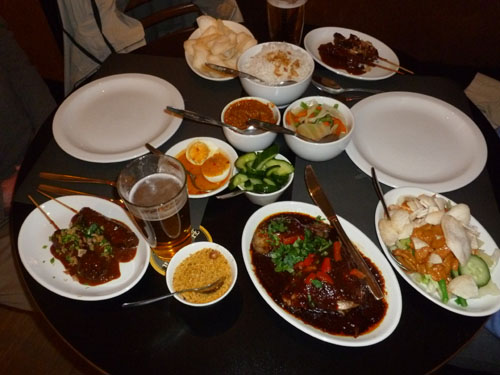
Later in the evening we went to the Kantjil & de Tijger restaurant for an Indonsian rijsttafel (rice table.) For the two of us we had 11 small dishes, including pork satay, chicken satay, baked chicken, spicy beef, veggies in peanut sauce, another veggie, cucumber, kropek (deep fried crackers), ground peanuts, boiled egg in sauce, all to be eaten with rice. Although the dishes served are Indonesian, the rijsttafel's origins were colonial. During their presence in Indonesia, the Dutch introduced the rice table not only so they could enjoy a wide array of dishes at a single setting but also to impress visitors with the exotic abundance of their colony.
Tomorrow we do still more exploring in Amsterdam.